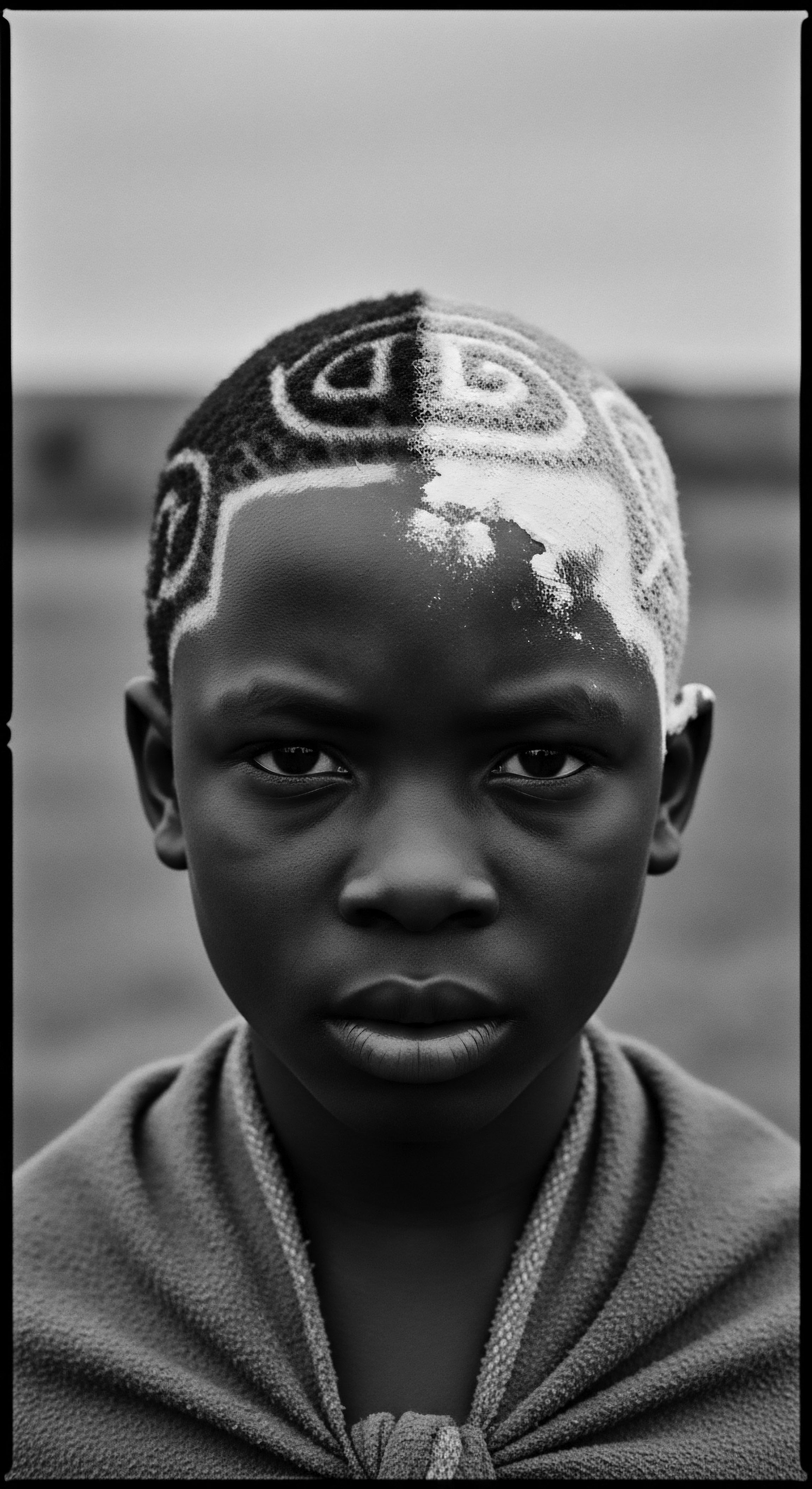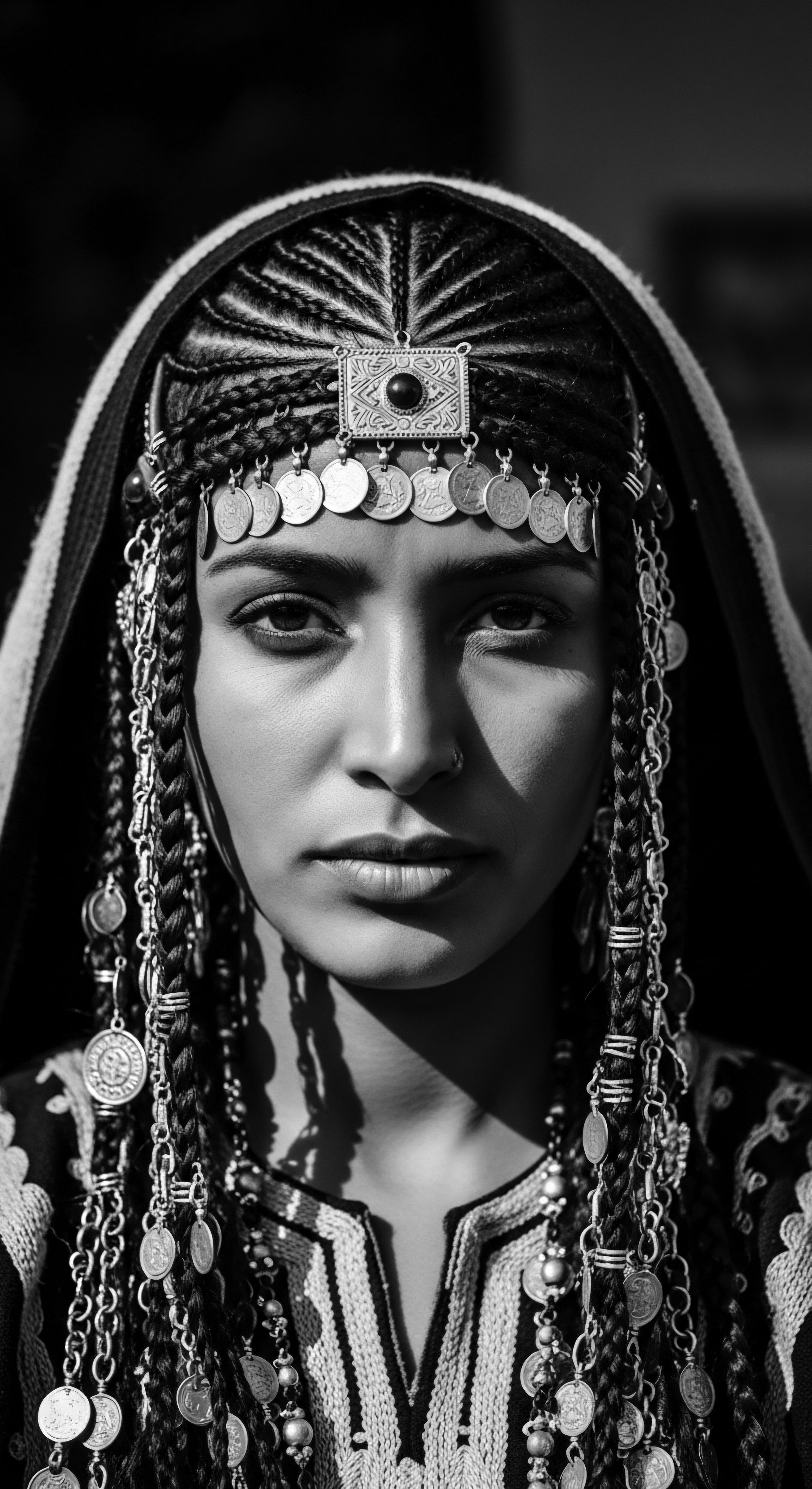
How did ancient combs honor hair’s nature?
Ancient combs honored textured hair through mindful design, gentle materials, and their deep integration into cultural and spiritual practices, celebrating heritage.

How did ancient combs safeguard textured hair?
Ancient combs safeguarded textured hair through designs that respected natural curl patterns, reducing breakage and promoting health, a heritage of care.

How did ancient African comb designs signify status and heritage?
Ancient African comb designs deeply communicated status and heritage through their materials, artistic carvings, and ceremonial use, directly reflecting textured hair's profound cultural significance.

How did comb designs reflect Black cultural heritage?
Comb designs reflect Black cultural heritage through their materials, symbolic carvings, and their use in personal care and political movements, all serving textured hair.

Comb Use Heritage
Meaning ❉ Comb Use Heritage defines the cultural, historical, and ancestral significance of hair tools and practices within textured hair communities.

What is the cultural meaning of combs in African heritage?
Combs in African heritage embody ancestral wisdom, identity, and profound connections to textured hair traditions.

How did ancient comb designs reflect heritage?
Ancient comb designs expressed heritage through symbolic carvings, reflecting social status, spiritual beliefs, and community ties within textured hair traditions.

What historical shifts influenced comb design in the diaspora?
Comb design in the diaspora shifted from revered ancestral tools to instruments of resilience shaped by oppression and cultural affirmation.

How did ancient combs aid textured hair care?
Ancient combs, with wide teeth and natural materials, gently detangled textured hair, aiding ancestral care and cultural expression.

